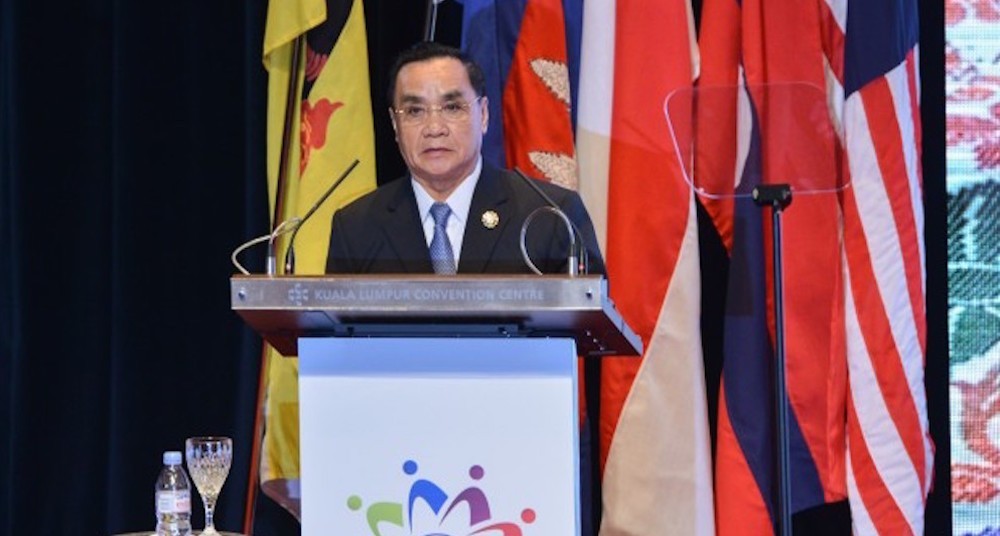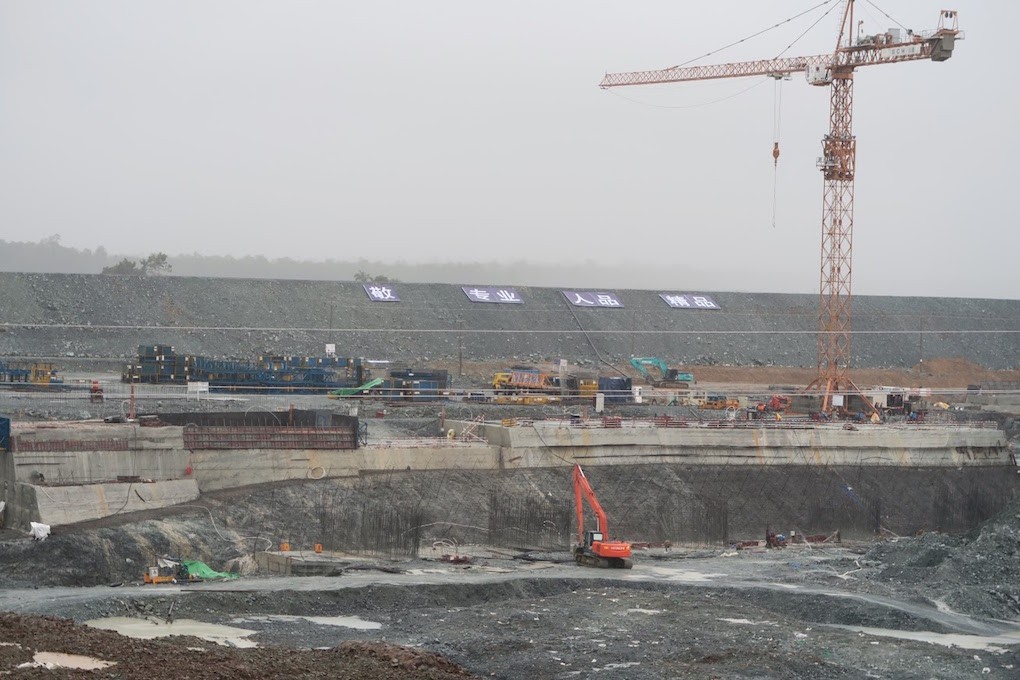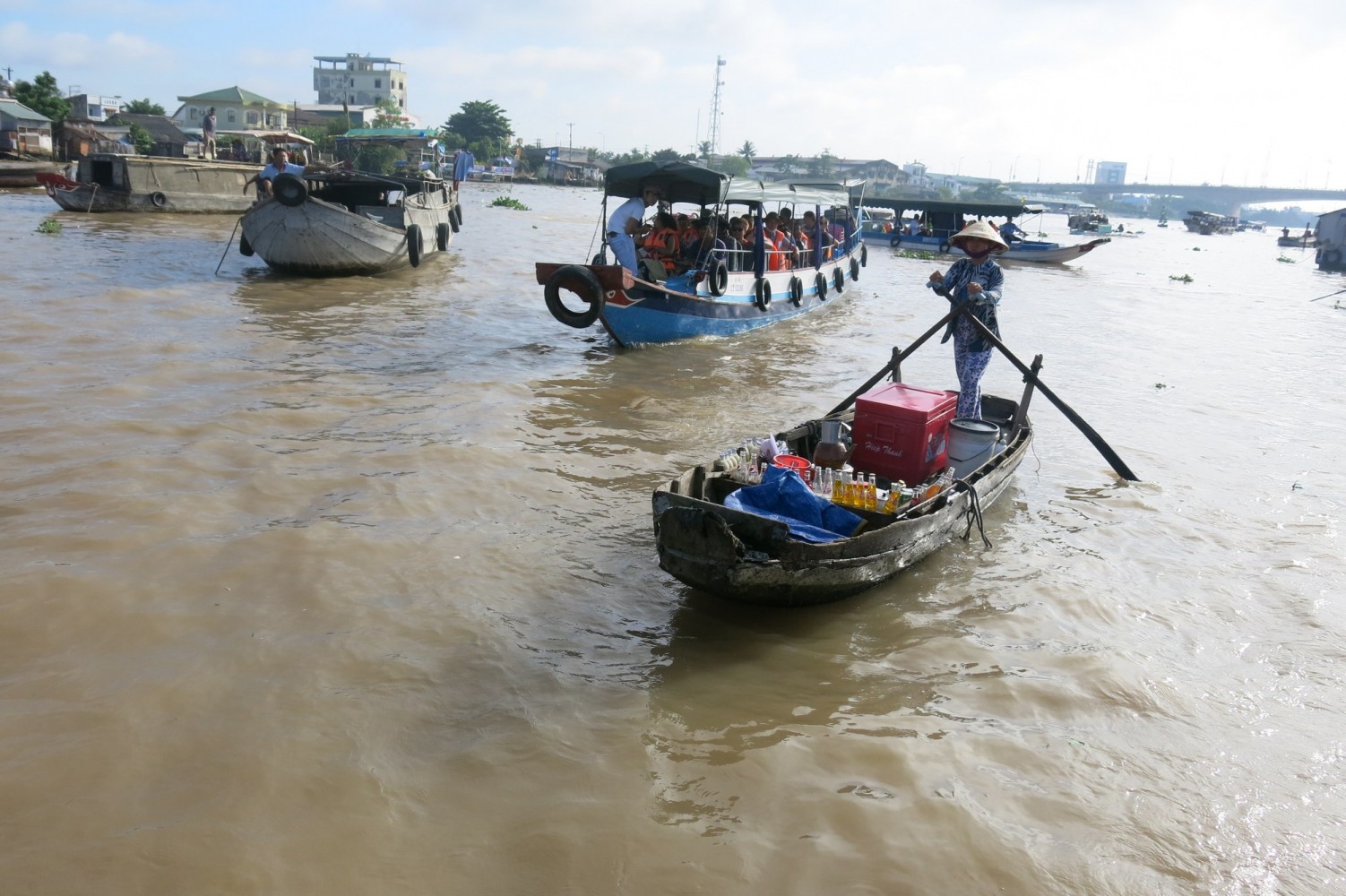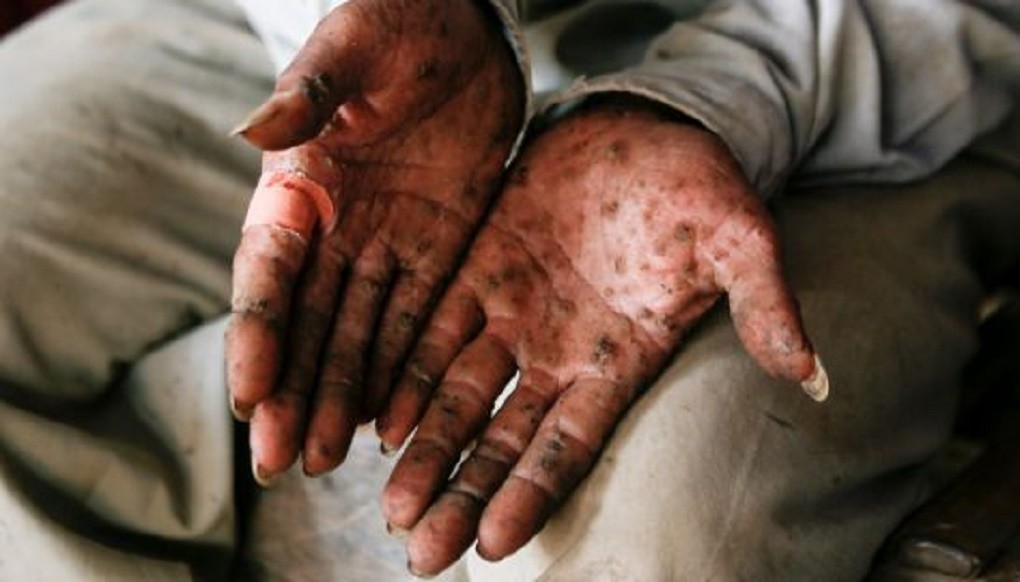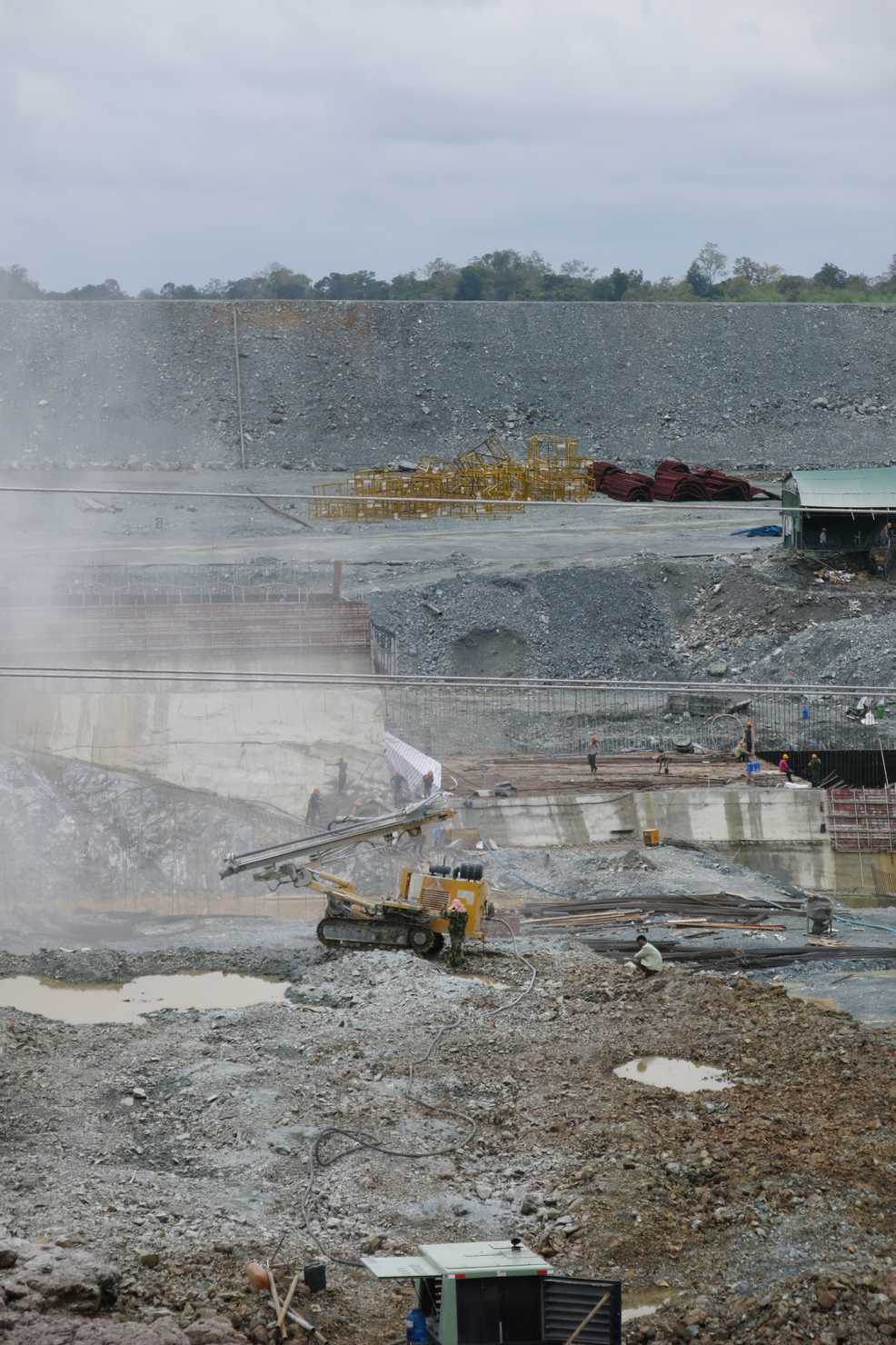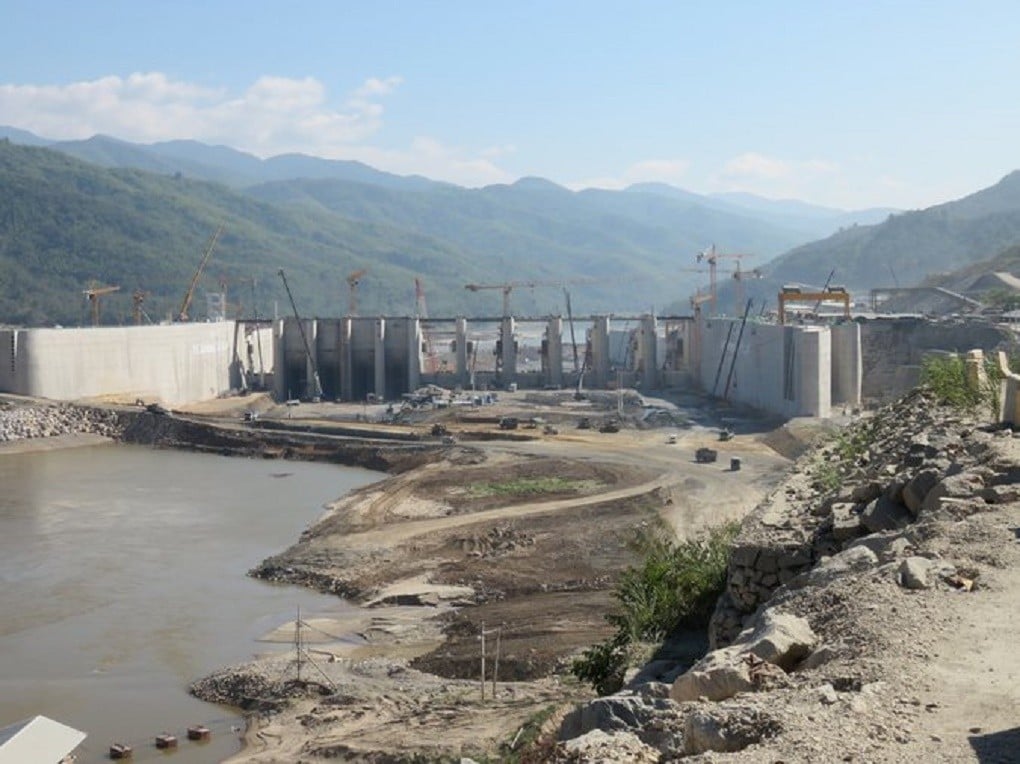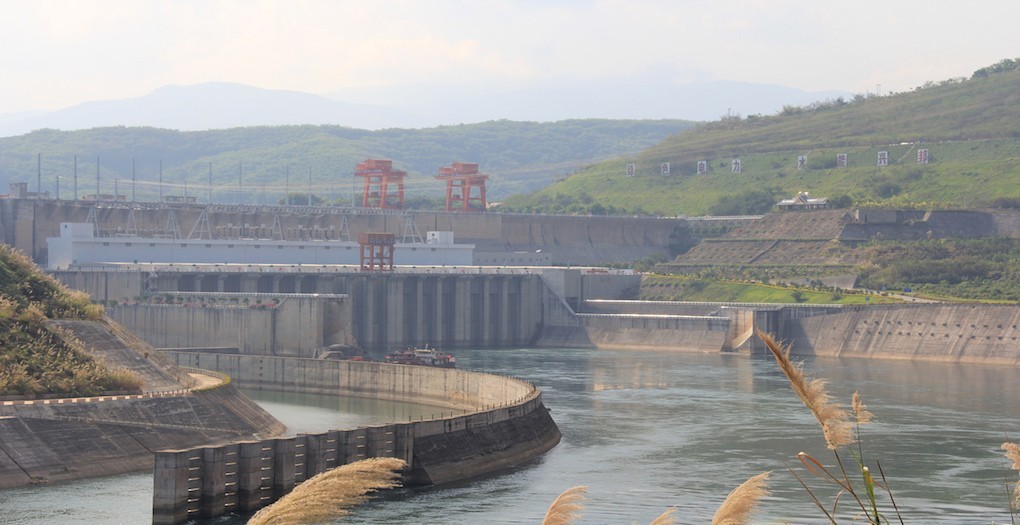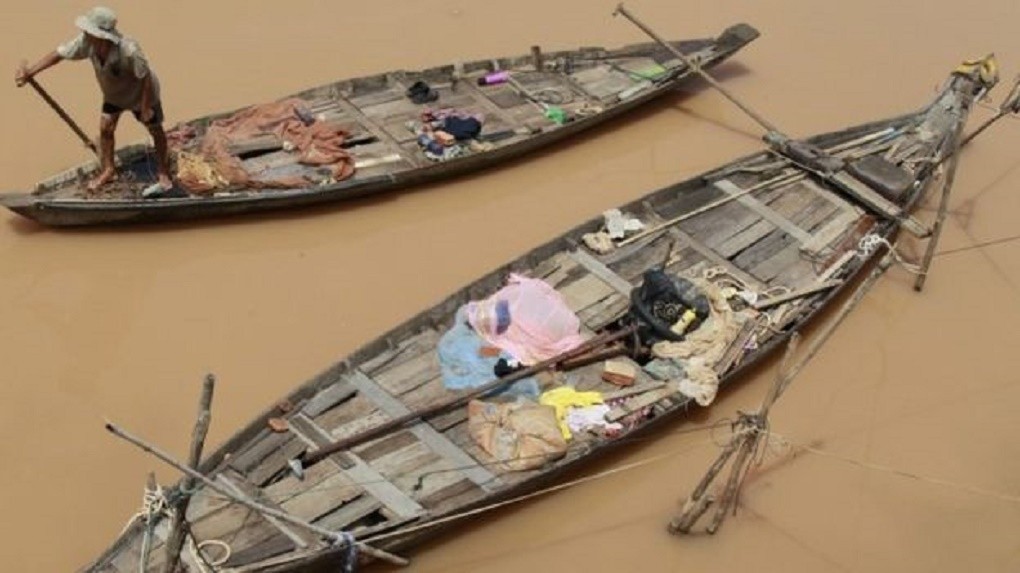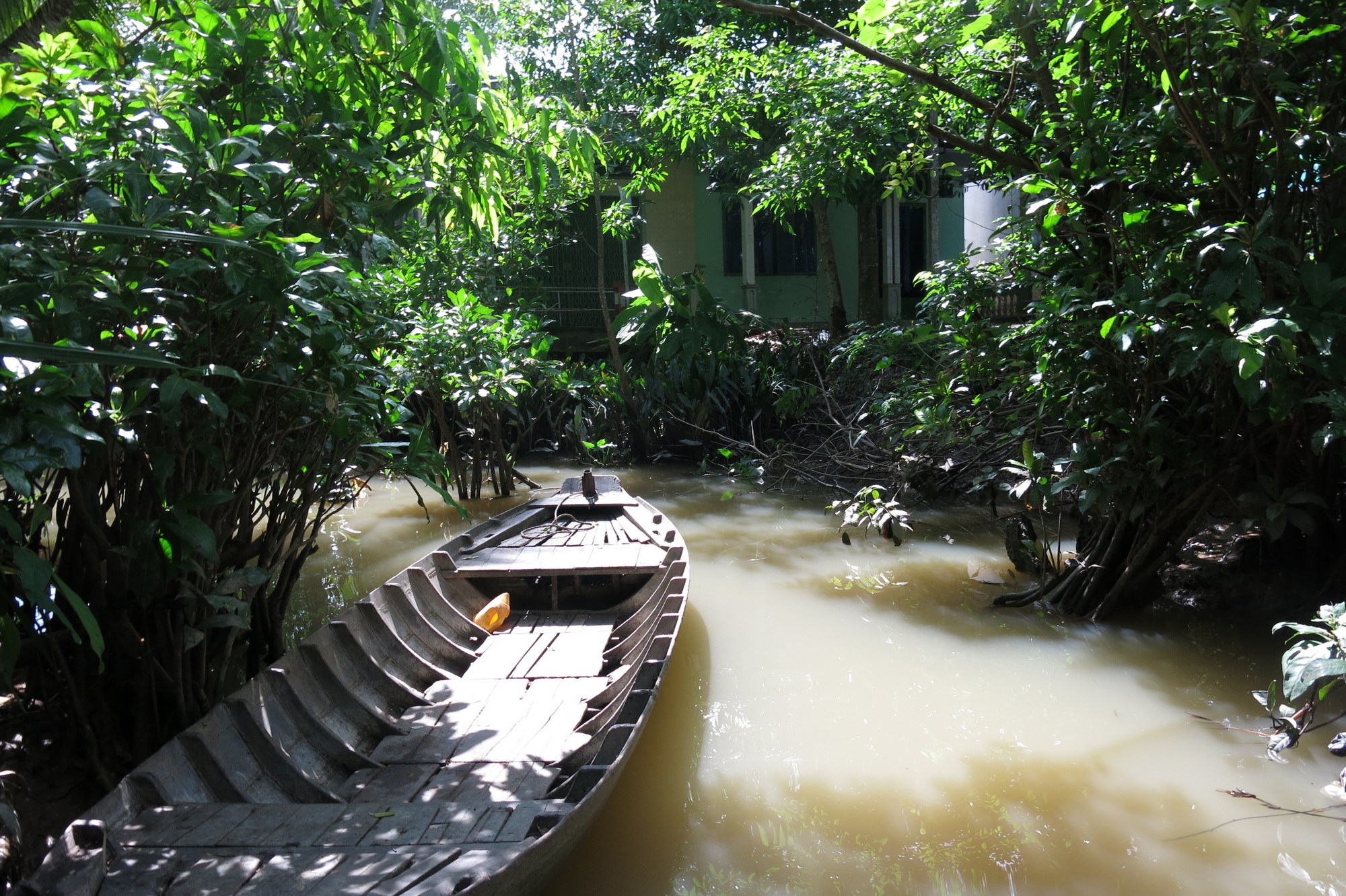Thailand’s listed power producer Ratchaburi Electricity Generating Holding PCL (RATCH) plans to invest around $1 billion in power plants in Indonesia, Laos and China, a top official with the company said.
The company expects its aggressive investment to double its electricity production capacity to 8,000 megawatts, increasing its enterprise value from the current level of 124 billion baht to 188 billion baht by 2018.
Rum Herabat, the newly-appointed chief executive officer, said the company is looking at three main approaches to increase business. These include – exploring new investments, managing efficiency of main power plants and completing construction of new power plants as planned.
The potential projects, for which the company is conducting feasibility studies and negotiation include, 2,000-MW JAWA7 in Indonesia, 400-MW Sekong 4 hydropower project in Lao PDR, seven solar farms projects for the public sector in Thailand (with a combined capacity of 35 MW) and 2,000-MW power plant project in China.


